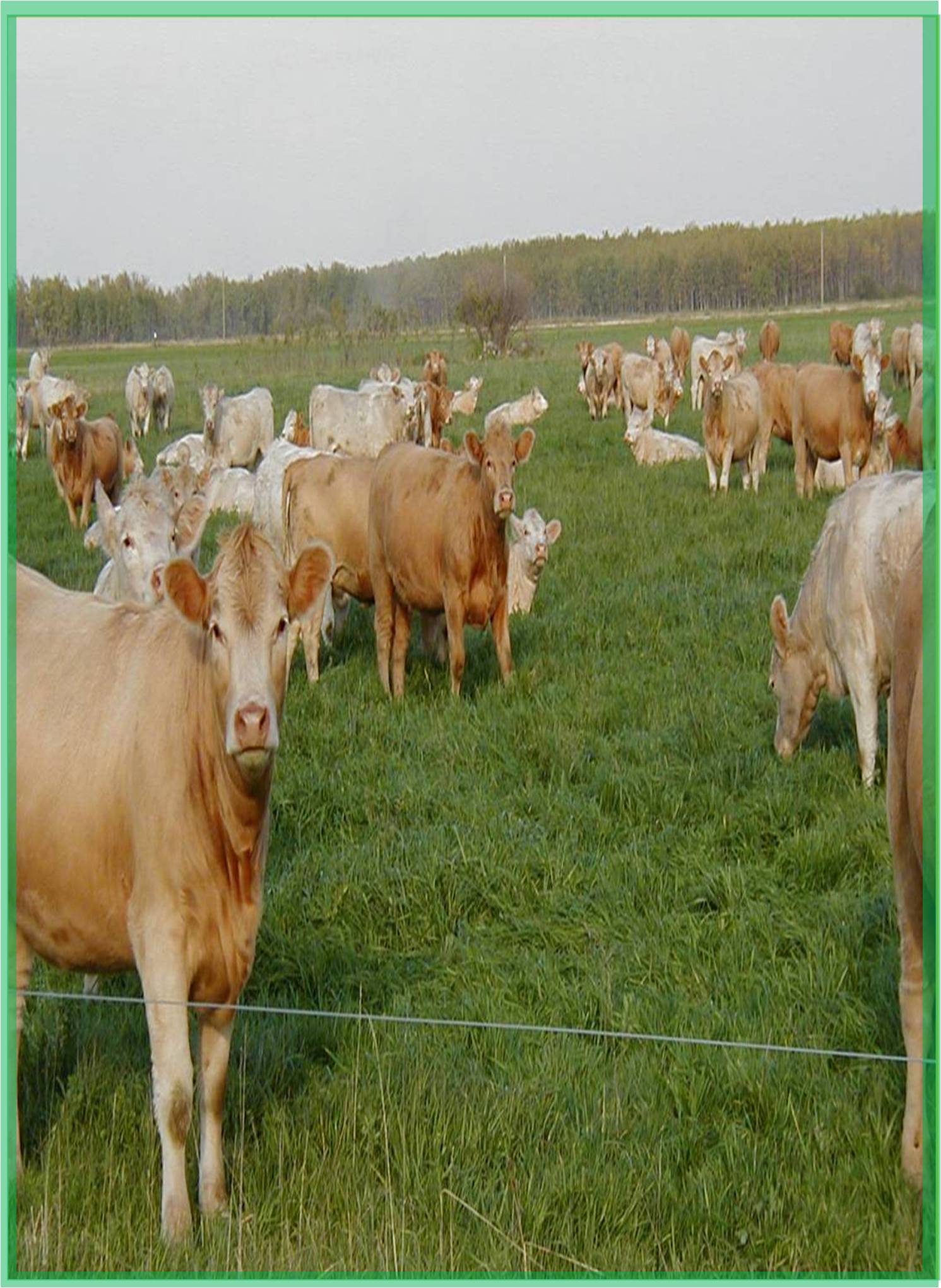



Received: 30-Nov-2022, Manuscript No. GJAS-22-83921; Editor assigned: 02-Dec-2022, Pre QC No. GJAS-22-83921 (PQ); Reviewed: 16-Dec-2022, QC No. GJAS-22-83921; Revised: 23-Dec-2022, Manuscript No. GJAS-22-83921 (R); Published: 30-Dec-2022, DOI: 10.15651/GJAS.22.10.014
Remote Sensing is the science of acquiring information about an object without coming into physical contact with it by sensing and recording reflected or emitted energy and then processing, analyzing, and applying that data. It is the art and science of measuring the earth with sensors on aeroplanes and satellites. This sensor gathers information in the form of images. Remote sensing provides information on images of irrigated fields and catchment areas, as well as primary information on land topography, soil type, and land use. Signals from a source, sensor on a plate form, and sensing are all important components of remote sensing (signal reception, storage, processing, information extraction and decision making). Crop yield is measured using remote sensing based on the spatial variability of land surface features. This technology can be used to estimate biomass production as well as productivity changes caused by environmental factors such as climate change (Ullo, 2021).
In the survey of agricultural resources, remote sensing technology has many advantages over traditional methods. The benefits include a synoptic view, the ability to survey quickly, the ability to repeat coverage to detect changes, lowcost involvement, higher accuracy, and the use of hyperspectral data to increase information. As previously stated, there are numerous applications of remote sensing in agriculture. In crop production forecasting, Remote sensing is used to forecast crop production and yield over a given area, as well as to determine how much of the crop will be harvested under specific conditions. Researchers can forecast the amount of crop grown on a given farmland over a given time period. In assessment of crop damage and crop progress, Remote sensing technology can be used to penetrating farmland in the event of crop damage or crop progress to find out precisely how much of a specific crop has been harmed and the progress of the remaining crop in the farm (Martos, 2021). In crop identification, the identification of crops has benefited greatly from remote sensing, particularly when the crop under observation has certain puzzling traits. A variety of characteristics of crops, including crop culture, are investigated in labs using the agricultural data that has been acquired. In crop acreage estimation, estimating the field that has been planted with a crop, remote sensing has also proven crucial (Liu, 2021).
This is usually a tedious technique if it is carried out manually of the large sizes of the land being measured. In crop yield modelling and estimation, by measuring the quality of the crop and the size of the farmland, remote sensing also enables farmers and specialists to forecast the anticipated crop output from a specific farmland. This is then used to calculate the crop's anticipated overall yield. In identification of pests and disease infestation, the identification of pests in fields and the provision of information on the most effective pest control measures are both made possible by remote sensing technology (El Nahry, 2011). Soil mapping enables farmers to determine which soils are suitable for specific crops, which require irrigation and which don't is one of the most important uses of remote sensing.
This knowledge is beneficial for precision agriculture. Remote sensing allows for the mapping of agriculturally useful water management over a specific field. Farmers can determine whether water resources are sufficient and where they are available for usage on a given piece of land by using remote sensing. In monitoring of droughts, the weather pattern of a certain area is monitored using remote sensing equipment. The device also keeps an eye on areas with drought patterns. The data can be used to forecast local rainfall patterns and to determine how much time will pass between one rainfall and the next, which is useful for tracking droughts. Agriculture-related activity analysis and monitoring have long been done using remote sensing.
Agronomic variables have been usefully revealed by remote sensing of agricultural canopies. The benefit of remote sensing is its capacity to deliver repeated data without harmful crop sampling, which can be used to offer important data for precision agricultural applications (Jung, 2021). Based on the biophysical characteristics of crops and soils, remote sensing technology has the potential to revolutionize the detection and characterization of agricultural productivity. Remote sensing satellite data can be used to estimate yield gather phenological data on crops and spot disturbances and stressful conditions. In order to successfully apply spatial and temporal basic informative layers to a variety of fields, including flood plain mapping, hydrological modelling, surface energy flux, urban development, land use changes, crop growth monitoring, and stress detection, remote sensing in conjunction with Geographic Information System (GIS) is highly advantageous.
El-Nahry AH, Ali RR, El-Baroudy AA (2011). An approach for precision farming under pivot irrigation system using remote sensing and GIS techniques. Agric. Water Manag. 98(4):517-531. [Crossref] [Google Scholar]
Jung J, Maeda M, Chang A, Bhandari M, Ashapure A, Landivar-Bowles J (2021). The potential of remote sensing and artificial intelligence as tools to improve the resilience of agriculture production systems. Curr. Opin. Biotechnol.70:15-22. [Crossref] [Google Scholar] [PubMed]
Liu J, Xiang J, Jin Y, Liu R, Yan J, Wang L (2021). Boost precision agriculture with unmanned aerial vehicle remote sensing and edge intelligence: A Survey. Remote Sens.13(21):4387. [Crossref] [ Google Scholar]
Martos V, Ahmad A, Cartujo P, Ordoñez J (2021). Ensuring agricultural sustainability through remote sensing in the era of agriculture 5.0. Appl. Sci.11(13):5911. [Crossref] [Google Scholar]
Ullo SL, Sinha GR (2021). Advances in IoT and smart sensors for remote sensing and agriculture applications. Remote Sens.13(13):2585. [Crossref] [Google Scholar]